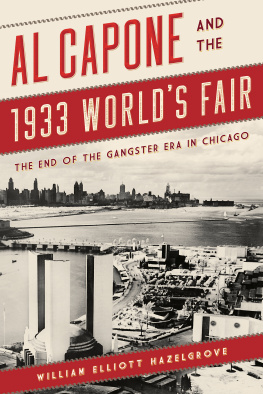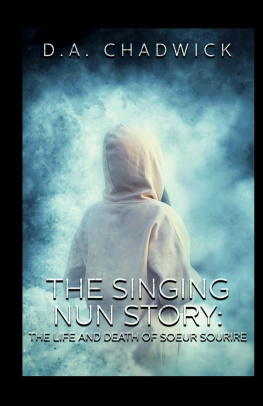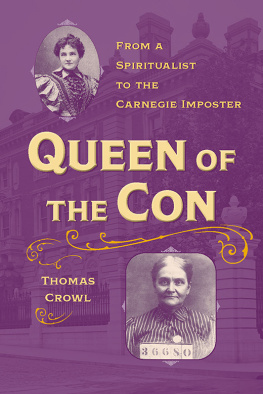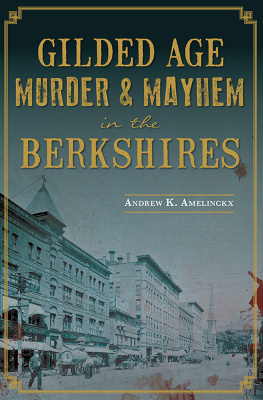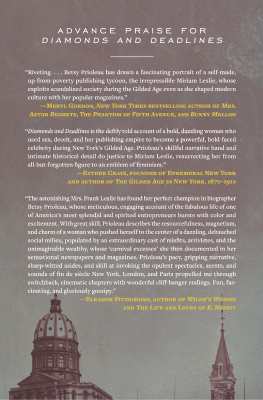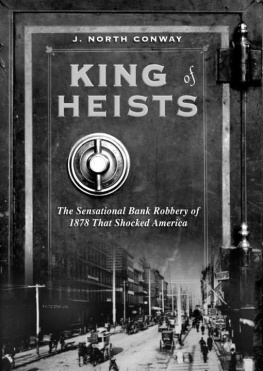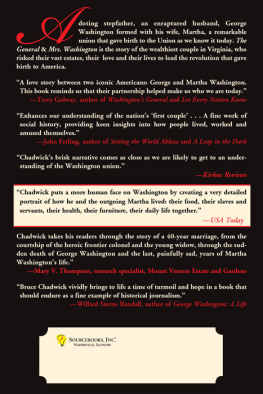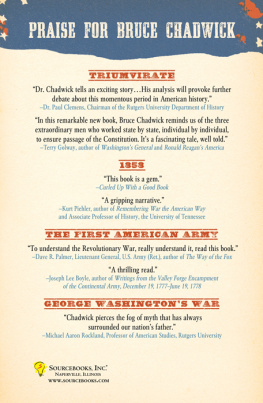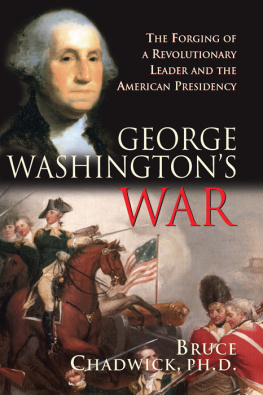T here have been no real books on Cassie Chadwick. There was a fictionalized account published in the 1970s that, while purporting to rely on newspaper sources, immediately went into melodrama. No use to the historian. But the author did have it right by pointing to the newspapers of the day. Cassie Chadwick, her exploits, her trial, her life, her demise was extensively covered in the press as a phenomenon of the Gilded Age, a human-interest story, a crime story, a trial-of-the-century story. The linking of her story to that of the legendary steel titan Andrew Carnegie made it a reporters dream, and to that end, the press and the public could not get enough. So, this book is based and built on the thousands and thousands of newspaper articles that began to appear when Cassie Chadwicks grand con began to unravel. Even today her story pops up in the press as a quirky bet you didnt know this tale of the Gilded Age. My goal was to tell her story as honestly as possible and the fact checking of her story in newspapers allowed me to do this in a way that few historical events can be verified. It is fitting, after all, that she should be such a media sensation; her rise to fame and fortune and her downfall comprise a very American story. It made great reading then and, I hope, great reading now.
William Elliott Hazelgrove is the national bestselling author of ten novels and seven nonfiction titles. His books have received starred reviews in Publisher Weekly Kirkus, Booklist, Book of the Month Selections, ALA Editors Choice Awards, Junior Library Guild Selections, Literary Guild Selections, and History Book Club Selections and have been optioned for the movies. He was the Ernest Hemingway Writer in Residence where he wrote in the attic of Ernest Hemingways birthplace. He has written articles and reviews for USA Today, The Smithsonian Magazine, and other publications, and has been featured on NPR All Things Considered. The New York Times, Los Angeles Times, Chicago Tribune, CSPAN, and USA Today have all covered his books with features. His books Tobacco Sticks, The Pitcher, Real Santa, and Madam President have been optioned for screen and television rights. His book Madam President: The Secret Presidency of Edith Wilson is currently in development. He has three forthcoming books: Sally Rand: American Sex Symbol, Morristown: The Kidnapping of George Washington, and One Hundred and Sixty Minutes: The Race to Save the Titanic.
March 9, 1905
T heodore Roosevelt held up his right hand and put his left on the Bible. President McKinley was dead from an assassins bullet, and this was the day Roosevelt was to become president, the youngest president ever at forty-one. And in the perfect sunny weather of Washington, D.C., few were aware that halfway across the country in Cleveland, Ohio, another swearing in was occurring. People were being implored to tell the truth, the whole truth, and nothing but the truth. It was not an auspicious beginning to the presidency of Theodore Roosevelt to have at the same moment the beginning of the Trial of the Century. In the newspapers of the day Roosevelts inauguration was actually given less play than the trial of Cassie Chadwick for swindling bankers out of millions of dollars.
It was a circus. The flash cameras blinded steel baron Andrew Carnegie as he arrived. They were much like the smelting pots in his steel mills. It was the crime of the century and now they were calling this the trial of the century. It was all madness to him. The policemen were clearing the hallway for the old Scotsman. He was royalty as far as America was concerned. He had come to America in 1867 with nothing and started a steel industry that left him with $200 million, the equivalent of over $1 billion today. People didnt bow, but they stared open mouthed at the cherubic-faced man who absurdly resembled a squatter and feistier Santa Claus.
Reporters yelled questions, and Carnegie stared ahead stone faced as the helmeted police pushed away the journalists and headed for the courtroom. The trial was due to start at 9:20 a.m., and ten minutes before that Cassie Chadwick came into the courtroom in the custody of two bailiffs. The courtroom leaned forward collectively as the door to the courtroom opened and a woman dressed in fashionably dark Edwardian dress was led in by a matron. The reporters on both sides of the steel tycoon began scribbling, describing the woman who claimed to be his illegitimate daughter. Brown hair pulled back. A full wide pleasant face with chestnut eyes. An ample figure. A dimpled smile. She looked unperturbed as if going to a tea in the Hamptons. The press reported she was calm and self-possessed. She wore a black shirt, white silk waist, over which she wore a black velvet coat. She wore a wide black hat... took a seat at the long table in the center of the courtroom immediately behind her leading counsel J. P. Dawley and resting her chin on her right hand remained a closely interested spectator.
White-haired Judge Taylor took his seat and pronounced: The case of Mrs. Cassie L. Chadwick.
We are ready your honor, said District Attorney Sullivan.
We are ready, announced Cassie Chadwicks lead attorney, J. P. Dawley.
Marshal Chandler then summoned the twelve prospective jurors to the jury box, and as they were seated, Dawley turned to the judge.
We would like to know, your honor, what will be the rule in this case as far as the matter of challenges is concerned?
I dont think, replied Judge Taylor, that we can make any hard and fast rules concerning challenges, but I would suggest that the counsel challenge as much as possible for cause without saying that the charge against Mrs. Chadwick was conspiracy against the United States in connection with financial irregularities committed in various transactions with the Citizens National Bank of Oberlin.
Dawley then began his examination of the jury, hooking one thumb in his vest pocket just under his silver pocket watch chain. He had just begun questioning the third juror when the door opened and Andrew Carnegie entered followed by Mr. S. T. Everett, whose home he had been staying in. Carnegie walked into the large open dark-paneled courtroom and was shown to the front row of the gallery. People gasped. He was so small! Andrew Carnegie the titan of steel and finance was just five foot three. He had a lilliputian quality accented by his small feet and hands and his finely trimmed white beard that gave him the air of a gnome. But he was a very rich and powerful gnome, and the potassium nitrate burned on the flash cameras and smoked the room.
Carnegie nodded to the judge as one might acknowledge an employee, then Mr. Carnegie gave one quick glance at the woman sitting by the table and... walked quietly past her to a seat on the east side of the courtroom. He settled down and nodded again to the judge who nodded to the bailiff. He looked back at Cassie Chadwick. Andrew just wanted to see who she was. This woman had claimed she was his daughter and then proceeded to borrow millions of dollars (purportedly) based on this fabrication. It was amazing.
But Andrew Carnegie had made millions and still didnt quite understand how he did it. After he had made his millions, Andrew Carnegie had taken a year and read books on philosophy, psychology, and history. He simply didnt understand how a poor boy from Scotland had managed to work his way up through the railroad from a lowly clerk to creating a steel empire and then retiring with more money than he could ever spend. How could he do it when so many men before him had failed. Why should he have so much when others had nothing. Had he been a man of faith as was his contemporary John D. Rockefeller, he might have attributed his material success to divine providence. But Carnegie could not accept the notion of a supreme being who randomly blessed some with riches on earth and everlasting joy in heaven while condemning other at infancy to eternal damnation.


